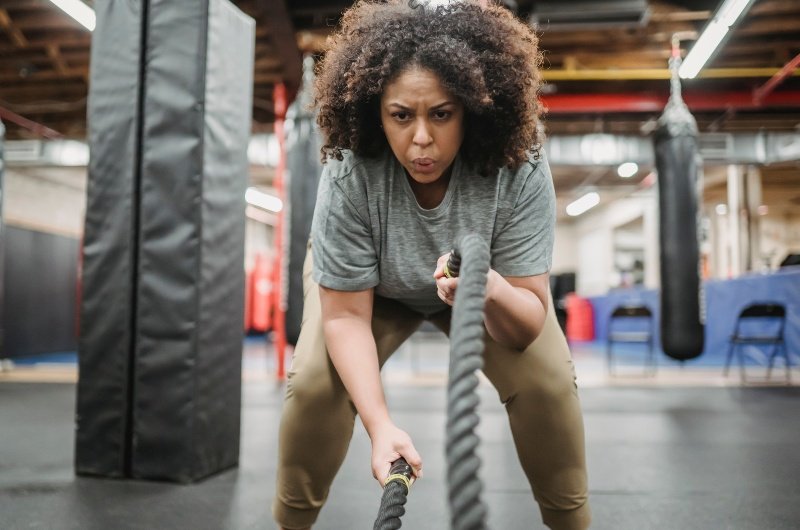
A newly identified molecule may explain why strength training helps to protect your body from the inside out.
We’ve long known that regular exercise keeps muscles firm, bones strong, and minds sharp. But scientists have now pinpointed a fascinating molecular reason why. A protein called cardiotrophin-like cytokine factor 1 (CLCF1) appears to play a critical role in the body’s anti-aging response to exercise.
Released by skeletal muscles during physical activity, CLCF1 declines naturally as we age. When activated through consistent training — particularly resistance or strength-based workouts — it helps repair tissue, preserve bone density, and even improve energy metabolism.
The Science Behind the “Youth Molecule”
Researchers found that as people get older, circulating levels of CLCF1 drop significantly. This decline corresponds with weaker muscles and more fragile bones. Exercise, however, reverses that trend. When we move, muscle cells release this protective molecule, setting off a chain reaction that strengthens bone-building activity and keeps muscle fibers healthy.
Blocking CLCF1 in animal studies removed many of exercise’s positive effects — confirming that it isn’t just a byproduct of working out, but one of the key reasons our bodies stay strong with consistent movement.
The Bigger Picture
This discovery bridges the gap between what we see in the mirror and what happens inside the body. Exercise doesn’t just tone muscle; it sends biochemical messages that slow cellular aging.
For older adults, this means there may be ways to preserve muscle and bone health even later in life. For fitness professionals, it gives scientific backing to the age-old advice: move it or lose it.
Most importantly, it reminds us that muscle is medicine — and resistance training is one of the most powerful anti-aging prescriptions we have.
How to Activate Your CLCF1 Naturally
- Prioritize resistance training. Strength-based workouts such as lifting weights, using resistance bands, or doing body-weight exercises seem to be the most effective at stimulating CLCF1.
- Be consistent. The benefits accumulate over time; sporadic exercise won’t sustain protein levels.
- Combine strength with mobility. Exercises that load the bones — squats, lunges, or jumping drills (if safe) — amplify the bone-protective effects.
- Focus on progression. Gradually increase resistance to keep the body challenged.
- Recover smartly. Adequate protein intake and rest allow the muscles to rebuild and continue signaling CLCF1 release.
The Takeaway
CLCF1 may soon become a familiar name in the health and longevity world — but you don’t need a lab to benefit from it. It’s already within you, waiting to be awakened through movement.
So the next time you pick up a dumbbell, walk uphill, or stretch into a deeper pose, remember: you’re not just exercising your muscles. You’re sending a molecular message that says — stay young a little longer.


























